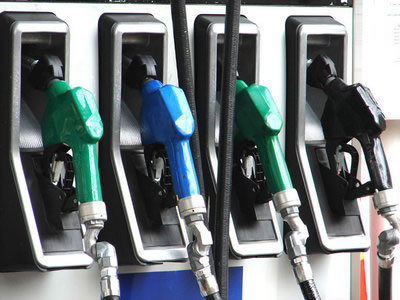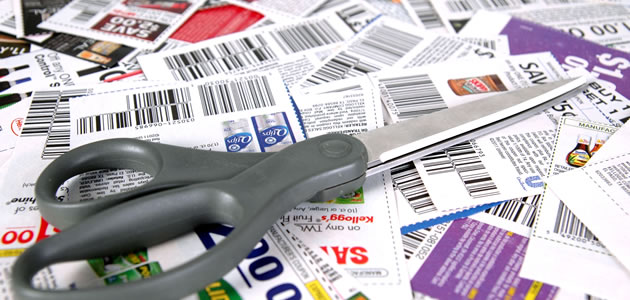As a follow-up to our discussion on Wednesday, November 21, 2012 regarding residential fuel storage in Brentwood, TN, the following information is an excerpt from the Brentwood City Codes and the National Fire Protection Association…
Brentwood, TN City Codes, Sec. 26-67. – Adoption by reference – Unless otherwise provided by applicable law or the provisions of this article, the required minimum standards of fire prevention, fire protection and building construction safety in the city shall be as prescribed in the NFPA 1, Fire Code, 2009 edition, published by the National Fire Protection Association, save and except those portions such as are deleted, modified or amended by section 26-68 below. The same is hereby adopted and incorporated as fully as if set out at length in this section, and shall hereinafter be referred to as the fire code. Not less than one copy of the fire code shall be filed in the office of the fire chief and the provisions thereof shall be controlling within the city limits. In any conflict with the building codes applied to commercial and service institution construction, as adopted in chapter 14, the stricter standards shall apply.
At present, the 2009 edition of the NFPA 1, Fire Code is not available online, but can be purchased. The following information is from the 2000 edition. (Additional updated information is available from nfpa.org)
Storage of Flammable Liquids (Gasoline and Coleman White Gas)
Maximum residential storage of flammable liquids (gasoline and white gas) shall be limited to 25 gallons; preferably stored in an unattached garage or shed. Of this 25 gallon total, no more than 10 gallons can be stored in an attached garage; and absolutely no flammable liquid storage is allowed in basements. (2000 IFC 3404.3.4.4, NFPA 30)
Empty containers shall be counted as full when calculating total storage capacity. (2000 IFC 3404.3.3.4)
Flammable liquid storage containers shall be of an approved type. (2000 IFC 3404.3.1.1) Most of these containers are labeled as approved for flammable liquid use, and indicate the standards they are designed to meet (DOT, ASTM, NFPA 30, etc.) Always use approved or original retail containers. (No Used Milk Jugs!)
If you decide to store more than 5 gallons of flammable liquids at your home, you need at least one 2A10BC rated fire extinguisher, located no closer than 10 feet, and no further than 50 feet. (2000 IFC 3404.3.3.1)
Control of sources of ignition is mandatory! All transfer and dispensing of flammable liquids requires careful attention be paid to eliminating static spark discharge, and ignition of flammable vapors. Open flames and high temperature devices must be controlled and approved for use with flammable liquids. And smoking is prohibited in the storage area. (2000 IFC 3405.3.2, 3404.2.4)
Flammable and Combustible liquids in fuel tanks of motor vehicles (gasoline, diesel and 2-cycle blends) are exempt and therefore not considered as part of your total home fuel storage quantities. (2000 IFC 3404.3.3)
Home Storage of Combustible Liquids (Diesel, Kerosene and Lamp Oil)
Maximum residential storage of combustible liquids (Diesel, Kerosene and Lamp Oil) shall be limited to 60 gallons; preferably stored in an unattached garage or shed. Of this 60 gallon total, no more than 10 gallons can be stored in an attached garage; and absolutely no combustible liquid storage is allowed in basements. (2000 IFC 3404.3.4.3, 3404.3.5.1, NFPA 30)
Combustible liquid storage containers shall be of an approved type. (2000 IFC 3405.2.4) Most of these containers are labeled as approved for flammable liquid use, and indicate the standards they are designed to meet (DOT, ASTM, NFPA30, etc). (No Used Milk Jugs!)
If you decide to store more than 25 gallons of combustible liquids at home you need at least two 2A10BC rated extinguishers, located no closer than 10 feet, and no further away than 50 feet. (2000 IFC 3403.2.1, 906.3)
Control of ignition sources is mandatory! All transfer and dispensing of combustible liquids requires careful attention be paid to eliminating static spark discharge, and ignition of flammable vapors. Open flames and high temperature devices must be controlled and approved for use with flammable/combustible liquids. And smoking is prohibited in the storage area. (2000 IFC 3405.3.2, 3404.2.4)
Portable Kerosene heating appliances shall be (UL) listed, and shall be limited to a fuel tank capacity of 2 gallons. (2000 IFC 603.4, 603.4.1) However, the Uniform Fire Code (Article 61) specifically prohibits the use of these unvented heating appliances in occupied living spaces. If you decide to use these devices, closely follow the manufacturer’s instructions for use, always maintain adequate separation from combustible surfaces, maintain good ventilation in order to prevent carbon monoxide poisoning, and use a battery powered Carbon Monoxide detector to detect dangerous conditions.
Home Storage of Flammable Gases (Propane and Butane)
Residential Propane storage issues are more complex than those for flammable and combustible liquids. If you want a permanent LP-Gas system and tank installed, county ordinance allows you up to 2000 gallons water capacity in heavily populated areas, provided you obtain a permit, comply with relevant installation codes, and hire a state licensed contractor to perform the work and supply the equipment. However some cities have passed local ordinances that restrict total LP-Gas capacity to 500 gallons or less, where natural gas service is readily available. Please contact any state licensed Propane supplier, under “Gas-Propane” in the yellow pages, for more information regarding permanent Propane gas installations. (2000 IFC 3803, 3804)
For portable DOT tank storage, you are allowed up to 25 gallons total capacity. You could have up to five 5-gallon (20 lb.) portable appliance cylinders (the size usually found on barbecue grills – DOT 4BA240); or one 23 gallon (100 lb.) cylinder (DOT 4b240), in storage at your home, in an unattached garage or shed. But, if you want to store propane and flammable/combustible liquids together, they should be separated by at least 10 feet. (2000 IFC 3809.12)
You are only allowed to store up to two (2) of the small portable 1–pound disposable propane cylinders inside your home or attached garage. All other propane cylinders storage must be outside your home in an unattached garage or shed.
Propane cylinders attached to heating and/or cooking appliances, as well as those mounted on trailers, motor homes, and campers, do not count towards your total storage capacity.
When considering residential fuel storage, please keep these guidelines in mind. If you live outside Brentwood, please research your local codes.
Gwen Shamblin & Remnant Fellowship Leadership








